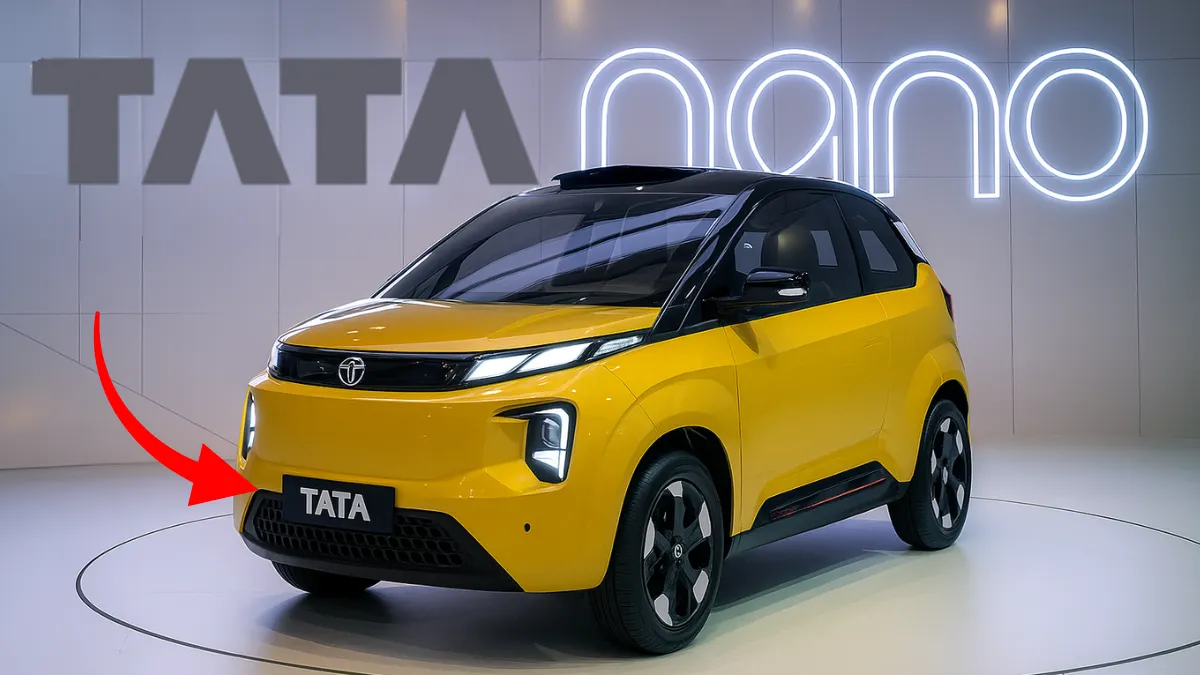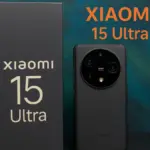Tata Nano—once hailed as the world’s cheapest car—is reportedly making a bold comeback, and this time with a modern twist. Originally designed to bring mobility to the masses, the new version of Tata Nano is expected to offer updated styling, improved safety, and enhanced technology, while still retaining its core identity: an ultra-compact, city-friendly car at an affordable price.
The Tata Nano has always been a symbol of innovation in India’s automobile landscape. With urban mobility becoming increasingly expensive and congested, a small car like the Nano has fresh relevance today, especially with rising fuel prices and the shift towards greener, more efficient vehicles.
Compact Yet Capable
The design philosophy behind the new Tata Nano continues to be compactness without compromise. It is expected to retain its micro-car dimensions, making it a breeze to park and maneuver in tight city streets. The tall-boy design offers a surprising amount of interior space for a car its size, comfortably seating four adults.
Its lightweight body structure helps in achieving better fuel efficiency, which has always been a Nano hallmark. Early reports suggest the inclusion of a peppy yet efficient engine, possibly with a small-displacement petrol or even an electric powertrain variant.
Features You Didn’t Expect
Despite its size and price, the new Tata Nano is likely to come with several features typically found in more premium cars. Some expected features include:
- Touchscreen infotainment system
- Digital instrument cluster
- Power windows
- Central locking
- Rear parking sensors
- LED DRLs and tail lamps
- Dual airbags
- ABS with EBD
These features represent a huge leap from the basic first-gen model, aligning the Nano with modern urban car buyers’ expectations.
Price and Affordability
The Tata Nano’s return is expected to stay true to its original mission—being the most affordable car in the country. While the exact pricing is yet to be confirmed, estimates suggest a base price of around ₹3.5 to ₹4.5 lakhs (ex-showroom). This makes it a compelling option for first-time car buyers, students, or anyone seeking an economical second car for city use.
If Tata decides to launch an electric version, pricing might range between ₹6 to ₹7 lakhs, bringing an affordable EV option to the Indian masses—a segment currently dominated by costlier models.
The Comeback Strategy
Tata Motors has built a strong brand presence over the past few years with vehicles like the Nexon, Punch, and Altroz. The Nano’s revival could benefit from this credibility. The brand’s push toward safety and design under the “New Forever” philosophy will likely influence the reimagined Nano’s aesthetics and build quality.
Moreover, Tata’s investment in electric mobility and its growing EV charging infrastructure make an electric Nano a strategic fit, especially for tier-1 and tier-2 city usage.
Market Positioning
In today’s market, the new Tata Nano would compete with entry-level hatchbacks like the Maruti Alto K10, Renault Kwid, and the upcoming Hyundai entry models. But none offer the compact dimensions or unique appeal of the Nano. If priced right and marketed as a stylish, youthful, city-smart car, it could carve a niche for itself—especially among younger buyers and environmentally conscious consumers.
FAQs
Q1. Is the new Tata Nano confirmed for launch?
While Tata Motors hasn’t officially confirmed the new Nano, there’s strong speculation about its return, especially in an EV avatar.
Q2. What will be the expected price of the new Tata Nano?
Expected to be priced between ₹3.5 to ₹4.5 lakhs for petrol and around ₹6 to ₹7 lakhs for an EV version.
Q3. Will the new Nano be electric?
Possibly. Tata Motors has been expanding its EV lineup and could reintroduce Nano as an entry-level EV.
Q4. How many people can sit in the Nano?
The car can comfortably seat four adults despite its compact size.
Q5. What safety features will the new Nano offer?
Likely features include dual airbags, ABS with EBD, and rear parking sensors.
Conclusion:
The Tata Nano remains one of the most iconic and ambitious automotive projects in India’s history. Designed with the vision of providing affordable mobility to millions, the Nano broke price barriers and redefined what a compact car could be. While it may not have achieved long-term commercial success, the Tata Nano set a benchmark for innovation, cost-efficiency, and bold thinking in the automobile industry.
For many, it symbolized a dream—owning a four-wheeler at a motorcycle’s price. Today, even as the automotive landscape shifts towards electric and smart mobility, the Nano holds a nostalgic and inspirational place in the Indian market. Whether seen as a stepping stone or a bold experiment, the Tata Nano’s legacy continues to inspire next-generation vehicles aimed at combining affordability with innovation.







